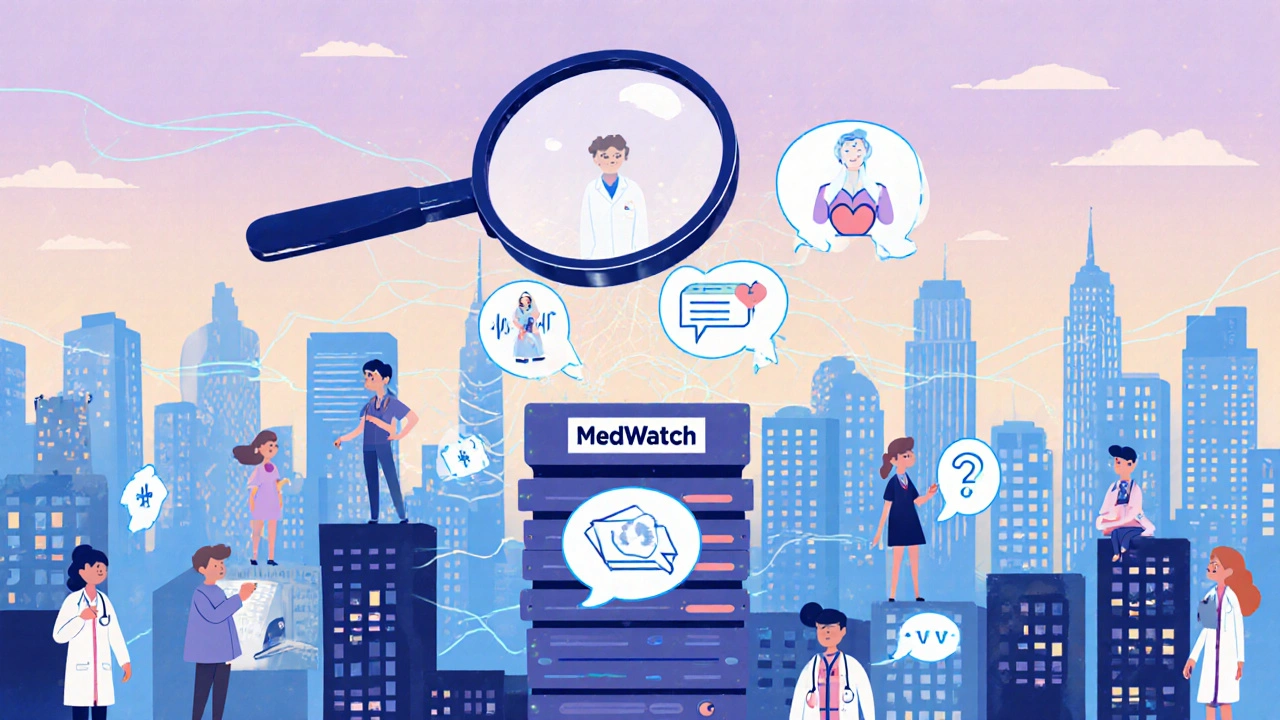When a new drug hits the market, the work isn’t done. Pharmacovigilance systems, the global network of processes used to detect, assess, and prevent adverse effects of medications after they’re approved. Also known as drug safety monitoring, these systems are the silent watchdogs that catch problems clinical trials missed—like rare heart risks, unexpected brain reactions, or deadly interactions with common foods. Without them, we’d be flying blind after a drug’s launch.
These systems rely on real-world data: doctors reporting side effects, patients calling hotlines, pharmacies tracking unusual patterns. For example, when mRNA therapeutics, a new class of drugs including COVID vaccines that use genetic instructions to trigger immune responses started showing rare cases of myocarditis, pharmacovigilance networks quickly flagged the trend. That’s how we learned to adjust dosing for teens and warn high-risk groups. Same thing happened with clozapine, an antipsychotic that can cause dangerous drops in white blood cells—doctors now check blood counts regularly because monitoring systems made the link clear. Even something as simple as smoking, a habit that changes how the liver breaks down certain drugs became a critical safety factor when studies showed it could cut clozapine levels in half.
What you see in the articles below isn’t random. Each one ties into how drugs behave in real life—how adverse drug reactions show up, how patients miss doses, how interactions sneak up on people using multiple meds. You’ll find posts on antidepressant withdrawal, oral chemo side effects, and why penicillin allergies are often misdiagnosed. These aren’t just symptoms—they’re signals. Pharmacovigilance systems turn those signals into action: updated labels, new warnings, safer alternatives. And that’s why this matters. Every time someone takes a pill, someone, somewhere is watching what happens next. The system isn’t perfect, but without it, we’d be guessing—and people would get hurt.
Below, you’ll find real stories from real patients and doctors—each one a piece of the safety puzzle. Whether you’re managing your own meds, caring for someone on multiple drugs, or just curious how medicine stays safe, these posts show you how the system works when it’s working right.
Posted by
Paul Fletcher
13 Comments

Post-marketing pharmacovigilance is how hidden drug side effects are found after approval. Learn how real-world data, AI, and patient reports catch dangers clinical trials miss - and why your report matters.
read more